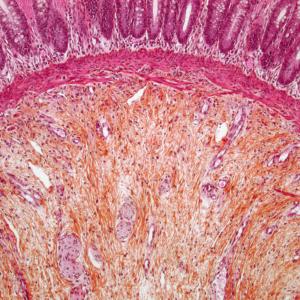This article is part of Man Survives Widow-Maker Heart Attack Thanks to Quick Action from NYU Langone Heart Experts.
Ken Rich didn’t waste any time getting medical care when he began experiencing symptoms of a heart attack. That was good. But instead of his wife driving him, the better decision would have been to call 911.
When you call 911, you can begin receiving lifesaving treatment right in the ambulance, including a baby aspirin to chew or nitroglycerin, to increase blood flow to the heart. “Paramedics can perform an EKG in the ambulance and alert the hospital to get the cardiac catheterization lab ready for your arrival,” Dr. Razzouk says.
Here are some of the most common heart attack symptoms:
- chest pressure, squeezing, fullness, or pain that lasts more than a few minutes
- pain or discomfort in one or both arms, the back, neck, jaw, or stomach
- shortness of breath
- breaking out in a cold sweat, nausea, or lightheadedness
“Don’t drive yourself or have someone drive you. You could get stuck in traffic, get in an accident, especially when you’re in panic mode, or lose consciousness,” Dr. Razzouk says. Scenarios like these, including taking an antacid to see if it helps you feel better, which is common, can waste precious time. “Remember, time is heart muscle,” Dr. Razzouk says. “It’s better to call 911. In New York City, there are ambulances everywhere.”

